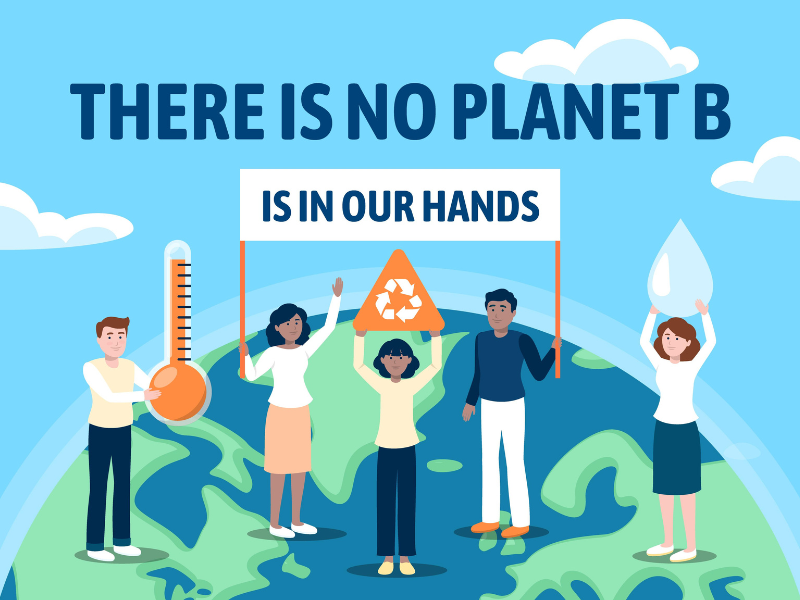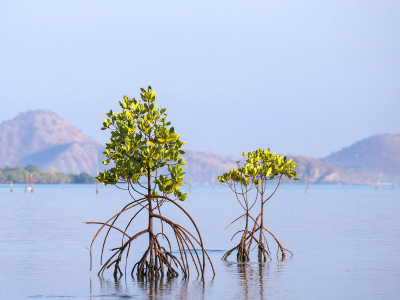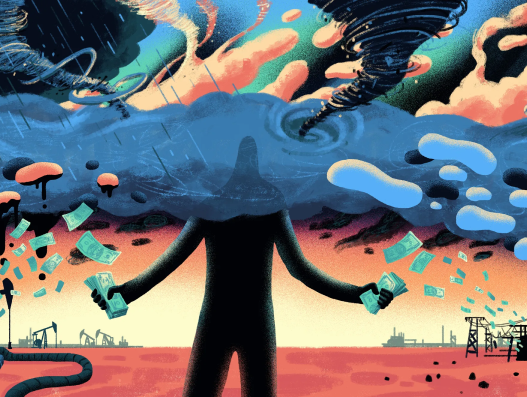The IPCC assessment warns that India will be severely affected by the climate challenge, and the synthesis report was published on 20 March 2023. The Intergovernmental Panel on Climate Change (IPCC) is producing its Sixth Assessment Report (AR6) with the assistance of its three Working Groups, a Synthesis Report, three Special Reports, and a revision to its most recent Methodology Report.
Considered a “last warning” to humanity, the report suggests immediate global restorative measures. At 1.5°C, biodiversity loss, mortality, species extinction, and loss of livelihood are predicted; at 1.6°C, 10% of species will become endangered. In vulnerable regions characterised by extreme temperatures and precipitation, global warming exacerbates these threats. Almost 80% of marine species in the tropical Indian and Pacific Oceans could perish if the planet heats by 3°C. Above 4°C, biome shifts affecting 35 percent of the world’s land area and extinction of 50 percent of tropical marine species are predicted.
The impacts of climate change on India and the subcontinent are severe, threatening water, food, soil, and life. In Asia, Africa, China, India, and Bangladesh, the risk of all maize crops failing simultaneously ranges from 6 to 40% due to the increasing flood risk. Death and impairment rates differ by region due to the effects of extreme temperatures and infectious diseases. The recent migration of tropical species from the Atlantic and Indian Oceans into the Mediterranean has been linked to the warming of the region.
Social-Ecological Systems (SES) are sensitive to global temperature changes due to their small seawater volume and landlocked location.
WSI (Water Stress Index) estimates indicate that four billion people confront severe water scarcity every year, with India and China being the most affected. Even in arid regions, climate change is diminishing water supplies. In North Africa, the Middle East, a large portion of India, and northern China, water security is inadequate. In 2015, 29% of the world’s population did not have access to clean water. In South and Southeast Asia, water insecurity is caused by the escalating risk of flooding and low water quality.
Droughts are costly, limit water availability, and harm crops, yields, and the economy. One article (Ward and Makhija, 2018) estimated that the drought in India in 2014 cost $30 billion. Increased conflagration danger due to drought During droughts, inadequate sanitation, population displacement, the loss of social ties, place, and cultural identity, as well as migration to hazardous settlements, can pose health risks (Serdeczny et al., 2017). 34% of disaster-related fatalities were a result of droughts.
Irrigation increases food security, livelihood support, and poverty alleviation in India (Sekhri, 2014), Bangladesh (Salem et al., 2018), and sub-Saharan Africa (Taylor et al., 2013a; Cuthbert et al., 2019b) due to groundwater utilization.
In May 2020, West Bengal, India, and Bangladesh were affected by Cyclone Amphan.
The loss of 1600 square kilometres of Sundarbans mangroves and an estimated $13.5 billion. India and Bangladesh were displaced by Cyclone Amphan in the year 2020. 800,000 of the 2,4 million evacuees were government-organized.
At a global temperature increase of 4°C, precipitation on the Indian subcontinent rises from a few percent to more than 70 percent. By 2050, habitat suitability in India’s western ghats will decrease by 10% due to climate change. The warming of the western Indian Ocean has increased tropical cyclone frequency and intensity. A 1.5°C higher environment could quadruple extreme positive IODs, potentially causing insect epidemics. The Gangetic Plain, the corridor between Delhi and Lahore, coastal cities like Chennai, Chittagong, Dhaka, and Mumbai, and other rural-to-urban migration centers in South Asia would be affected by climate change. According to migration estimates, thirteen of the top twenty coastal cities with flood casualties in 2050 will be located in Asia. Losses attributable to rising sea levels could reach 112–162 billion US dollars by 2050 and 2.8–2.9 billion US dollars by 2070 in Mumbai (India).
The good news is that solutions exist for India and the subcontinent, and they can resolve all of these problems with the available solutions. The government, corporations, micro, small, and medium-sized enterprises (MSMEs), and the general populace all take action as if it were an urgent matter. Consumer-driven demand and mass production have the largest impact on climate change victims.
India emits 2.88 Gt of CO2 per year. 35% of India’s population, or 141 billion individuals, reside in urban areas. Urban Indians generate 1.32 tons of CO2 per year. The 650 million tons (approximately 22 percent of the total) of CO2e are produced by the 493 million residents of India’s metropolitan regions.
Annually, India emits 2.46 billion metric tons of CO2 equivalent, or 6.8% of the global total. In India, the poor produce 0.19 tons of CO2 equivalent annually compared to 1.32 tons for the affluent.
We must raise awareness of these individuals and take consistent action to counteract their negative impact on the environment. Why?
Because each tiny action helps save the planet. Individuals are capable of and will have the greatest influence on climate action. No policy, regulation, business, or organization can prevent us from creating a better planet if we all work together to reduce our impact. Mission LiFE (Lifestyle for the Environment) can be fully realized.




